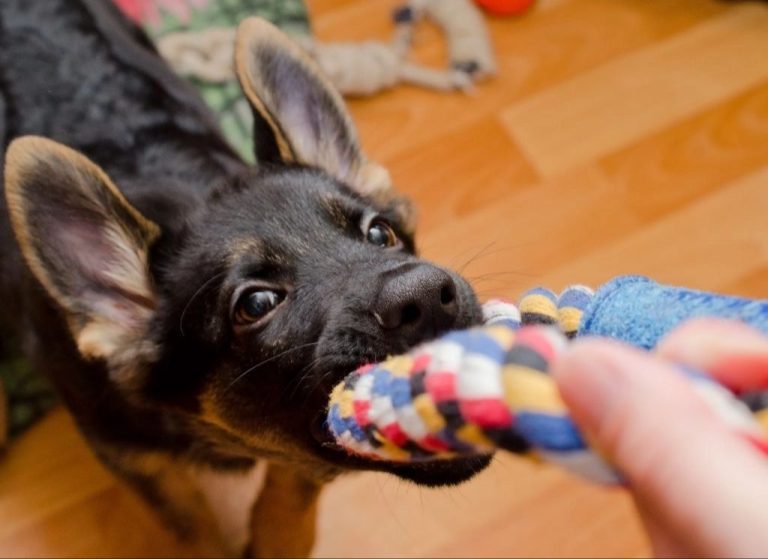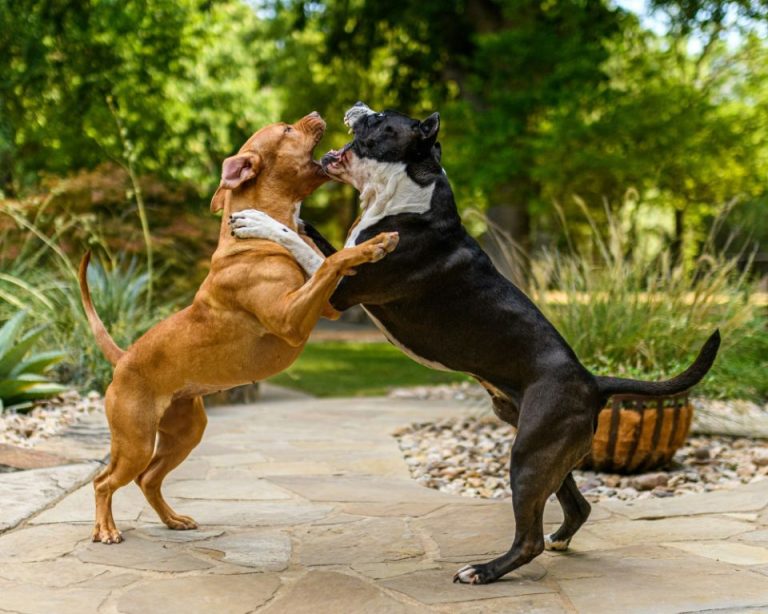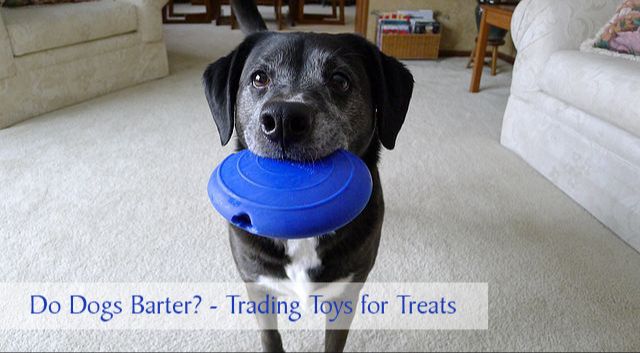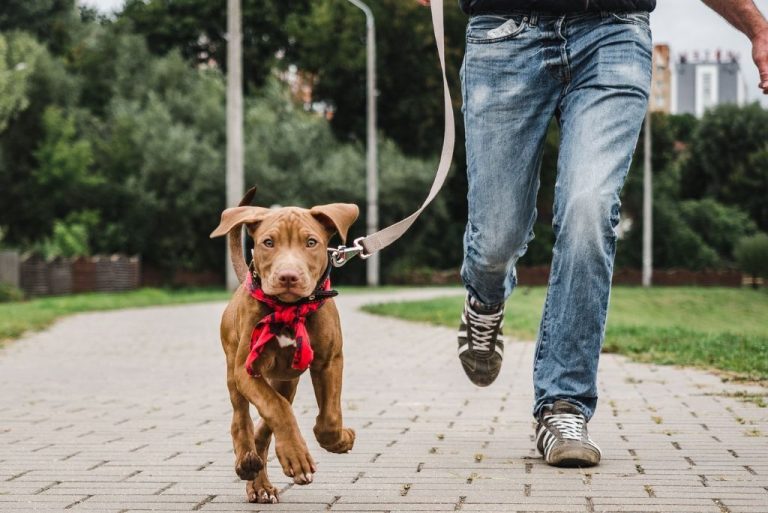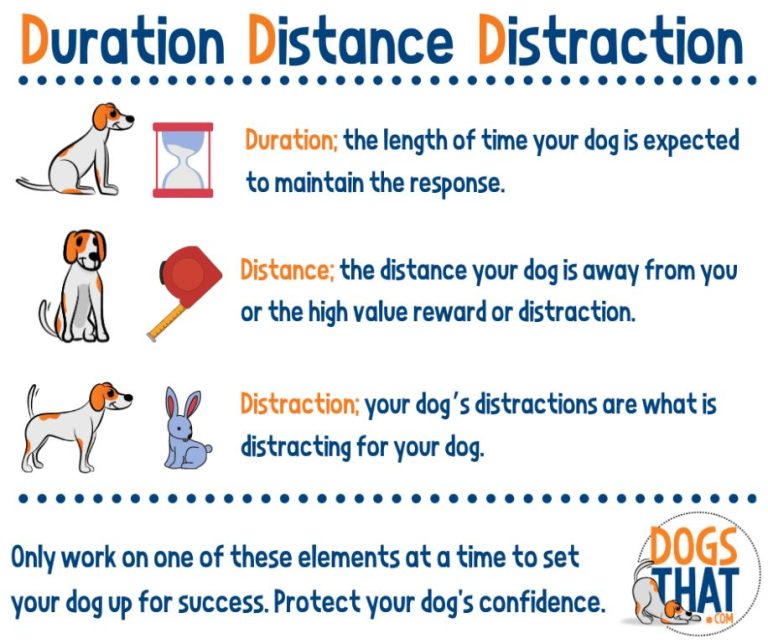Understanding Canine Aggression: Causes And Training Approaches
Canine aggression refers to any harmful behavior directed toward another individual, including threatening and offensive actions (Jacobs, 2018). Understanding the causes and types of canine aggression is critical for pet owners to properly manage and train their dogs. Aggression should always be taken seriously, as it can result in injuries to people and animals. This article provides an overview of common causes, warning signs, prevention and training approaches for canine aggression. The goal is to help owners understand and responsibly address aggression in their dogs.
Common Causes of Aggression
There are several common reasons why dogs may show aggression. Some of the most frequent causes include:
Territorial Behavior
Dogs are territorial by nature and may act aggressively to protect their space, food, toys, or other valued resources. This territorial aggression is often directed at unfamiliar people or animals entering the dog’s territory (Source).
Fear
Dogs will use aggression to create space from something they find threatening or scary. This fear-based aggression is a defensive behavior and the dog may growl, lunge, or bite out of fear rather than anger (Source).
Resource Guarding
Dogs may show aggression when protecting their food, toys, bed, or other valued resources. This resource guarding usually occurs with unfamiliar people or dogs approaching the guarded item (Source).
Pain
Dogs in pain from an illness, injury, or condition like arthritis are more likely to act aggressively, especially when approached or touched near the painful area (Source).
Lack of Socialization
Dogs who were not properly socialized as puppies may see unfamiliar people or dogs as more threatening. This can lead to fearful or defensive aggression in new situations (Source).
Genetics/Breeding
Some dog breeds have been selectively bred to exhibit aggression for tasks like guarding. Without proper training, these genetic factors can result in greater aggression (Source).
Warning Signs
Some common warning signs that a dog may exhibit aggressive behavior include growling, baring teeth, stiff body posture, staring, snapping, biting, and lunging. These behaviors can indicate that a dog feels threatened or defensive (Source).
Growling is a clear warning sign that a dog is feeling uncomfortable or threatened by a situation. The growl communicates “back off.” Baring teeth also signals defensiveness. A dog’s lips may curl as it exposes its teeth. This is often accompanied by a tense, stiff body posture. The dog may freeze and stare fixedly at the perceived threat.
More overt signs of pending aggression include snapping, biting, or lunging toward the trigger. Snapping involves an aggressive snap of the jaws that may or may not make physical contact. An air snap is intended to startle and warn. Biting ranges from inhibited “warning bites” to full force bites intended to harm. Lunging involves sudden forward movement toward the trigger while barking, growling, or snapping.
These behaviors progress from warnings to threats. Reading a dog’s body language is important to intervene safely before aggression escalates (Source). Understanding the triggers and mindset behind a dog’s aggressive display allows an owner to properly address the root cause through training.
Safety Tips
Aggressive encounters with dogs can be dangerous, so it’s important to know how to handle the situation safely. Here are some tips to keep in mind:
Avoid escalating the situation. Calmly back away without making direct eye contact. Running or screaming could trigger a dog’s prey drive. Speak in a firm, authoritative voice but do not yell.
Use caution with children. Keep children close and have them stand still behind you. Do not let them run or flail their arms, which can trigger dog attacks. Pick small children up if possible so they are out of the dog’s reach.
Don’t punish aggressive behavior. Do not hit or kick the dog, as this can make the situation worse. Avoid threatening body language like waving arms over your head.
Prevention
Preventing aggression in dogs often starts with proper socialization from a young age. Puppies should be exposed to a variety of people, animals, places, sights and sounds in a gradual, positive way during their critical socialization period, which is generally between 3-12 weeks old. This helps dogs develop the skills to handle new experiences without fear or aggression. Owners should continue socializing dogs throughout their lives by taking them on walks, trips, play dates and more to prevent territorial and protective aggression from developing.
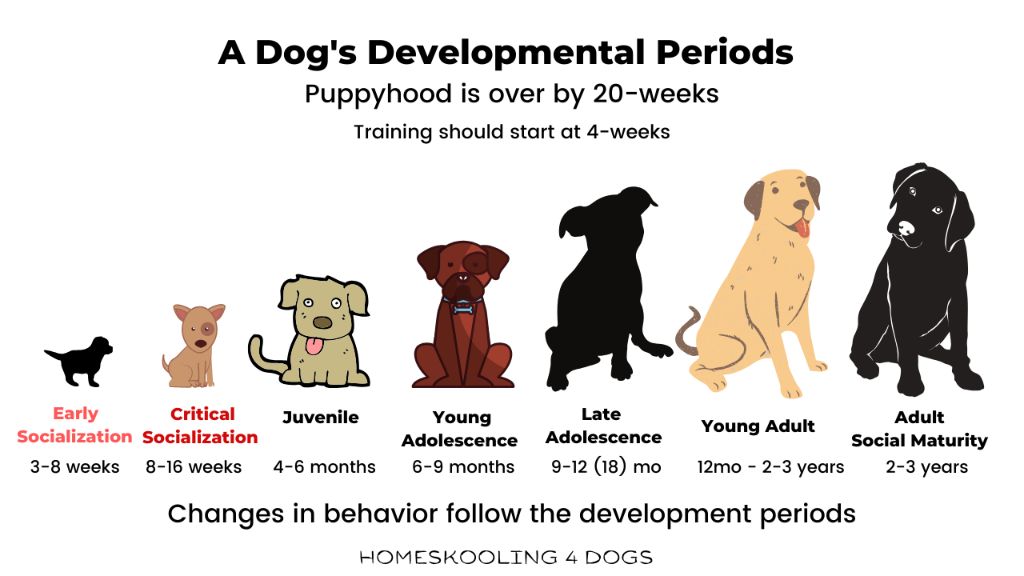
Building a strong bond through reward-based training is also key. Dogs that trust their owners to take charge and protect them feel less need to defend themselves or their territory. Owners should use positive reinforcement to teach and reinforce desirable behaviors. Meeting your dog’s basic needs like physical activity, mental stimulation, quality nutrition and veterinary care can also curb aggressive tendencies.
Spaying or neutering dogs may reduce hormones that influence certain types of aggression. Speak to your vet about the right age to spay/neuter your breed. While preventative measures are ideal, they cannot eliminate all aggression. Genetics, trauma and lack of proper socialization can override prevention efforts. If you see warning signs, consult a professional for help.
Training Techniques
The most effective way to train an aggressive dog is through positive reinforcement training techniques. This involves rewarding your dog with treats, praise, or toys when they display calm, non-aggressive behaviors. The goal is to reinforce good behavior while avoiding scolding, yelling, or physical punishment which can increase anxiety and aggression (The Humane Society).
It’s important to address the root causes of aggression through training. If your dog is aggressive due to fear, use desensitization training to gradually expose them to what frightens them in a controlled, positive manner. If they are aggressive when guarding resources like food or toys, use trade-up exercises to teach them to willingly give up items. And if your dog is aggressive towards other dogs, group dog training classes with positive reinforcement can help socialize them (ASPCA).
In many cases, the help of a professional dog trainer or behaviorist is highly recommended for aggressive dogs. They can identify triggers, teach alternative behaviors, safely implement training protocols, and ensure everyone’s safety. A combination of positive training and medication may be needed for severe aggression cases (AKC).
When to Seek Help
If aggression is severe, pervasive, or puts people or other animals at risk of harm, seek professional training or behavioral help from an experienced dog trainer or veterinary behaviorist. Signs that professional intervention is needed include growling, lunging, snapping, or biting when unprovoked, especially if it results in injuries. Any aggression towards children or strangers is also a major red flag. Additionally, seek help if training techniques attempted at home fail to improve behavior over 2-4 weeks. Working with a professional can help identify triggers, provide intensive desensitization, and teach alternative responses. With customized training, consistency, and possible medication, many dogs with aggression issues can be managed safely long-term.
What Not to Do
When dealing with aggressive dogs, there are some approaches that should be avoided, as they tend to exacerbate the problem rather than solve it. These include:
Avoiding punishment – Techniques like yelling, scolding, spanking, or other punitive methods often backfire with aggressive dogs. Punishment can increase anxiety, fear, and defensiveness, making the dog more likely to bite. Positive reinforcement training is recommended instead.
Avoiding anti-anxiety medications – While medications may temporarily reduce anxiety, they don’t address the root cause of aggression. The dog may still feel on edge and lash out when the medication wears off. Meds only mask the problem.
Avoiding dominance techniques – Methods intended to establish yourself as the “alpha” in order to gain compliance often have the opposite effect. They can erode trust, increase fear, and provoke further aggression in dogs. Respect is preferred over dominance.
Avoiding flooding/immersion – Flooding or immersing the dog in the presence of a stimulus that provokes aggression is ill-advised. Throwing a dog into stressful situations too quickly can overwhelm them, heighten reactivity, and worsen aggression. Gradual counterconditioning is safer.
Living with an Aggressive Dog
Living with an aggressive dog can be extremely challenging, but with proper management, patience, and adjusted expectations, it is possible to have an improved quality of life.
It is crucial to have realistic expectations when living with an aggressive dog. These dogs often require lifelong management, supervision, and training. Aggression may be reduced with consistent counterconditioning and training, but it can be very difficult to fully “cure.”
Patience is key when implementing training protocols or management strategies. Progress occurs gradually, and setbacks are common. Staying calm and consistent is essential. Short, structured training sessions are most effective.
Proper management and supervision are vital for safety. This includes keeping the dog leashed or separated from visitors and triggers. Baby gates, crates, and muzzles can help control the environment. The dog should never be unsupervised with children.
With time, careful management, training, and veterinary guidance, it is possible to improve quality of life. However, expectations must remain realistic, as living with an aggressive dog requires constant diligence. Some dogs may not be suitable for all families. Safety of people and other pets should be the top priority. https://thedogwizard.com/blog/how-to-live-with-an-aggressive-dog/
Summary
In this article, we discussed the most common causes of canine aggression, including fear, dominance, territoriality, pain-induced, maternal, play, redirected and predatory aggression. Understanding the underlying motivation behind aggressive behaviors is key to addressing them properly. We covered important warning signs like growling, snapping, stiffening and staring – being able to recognize these early indicators is essential to prevent escalation and keep everyone safe.
While managing aggression can be challenging, we outlined several effective training techniques like desensitization, counterconditioning, remote collar and avoidance that can help modify aggressive responses over time. There are also medications that can take the edge off while undergoing behavior modification. With professional guidance, a customized training plan, consistency and above all, patience and compassion, even seriously aggressive dogs can learn to control their behaviors and coexist peacefully again.
The wellbeing of people and pets alike should be the top priority. An aggressive dog is often a fearful, anxious dog. Approaching the problem with empathy, not punishment or force, is key. With time, positive reinforcement and professional support when needed, many dogs can overcome their aggressive tendencies and thrive in a happy home.

